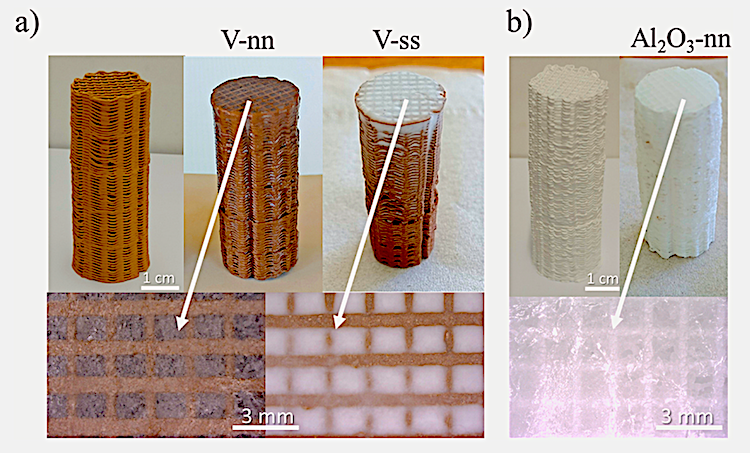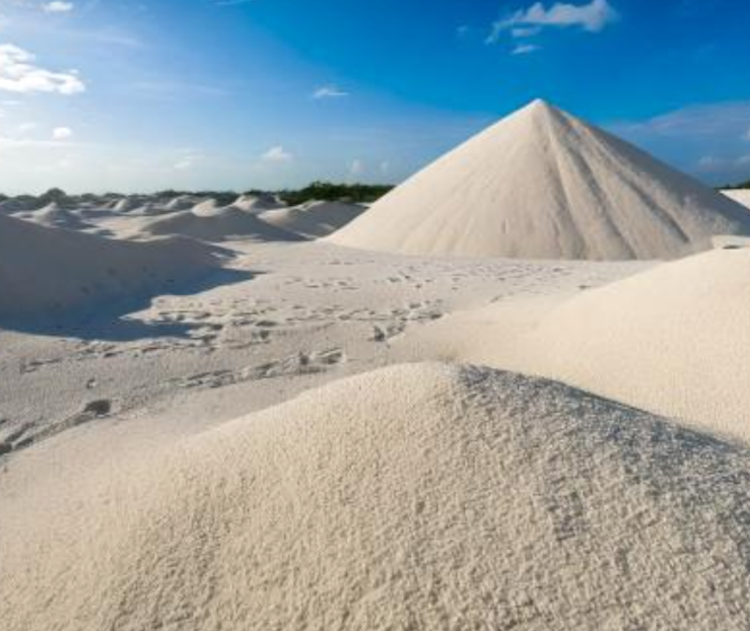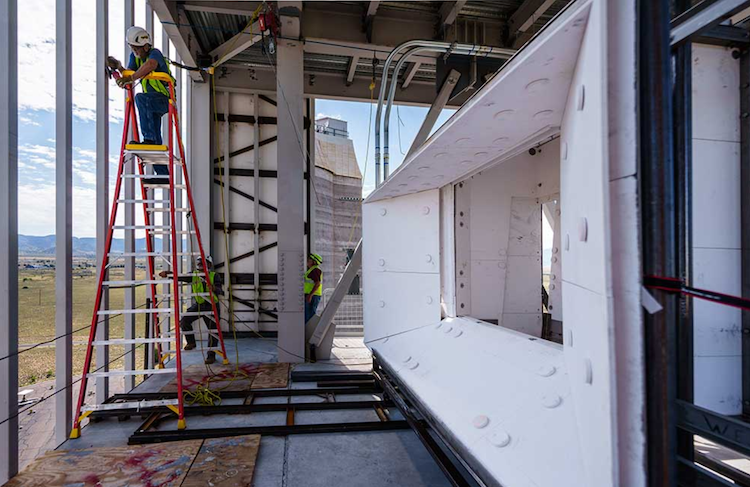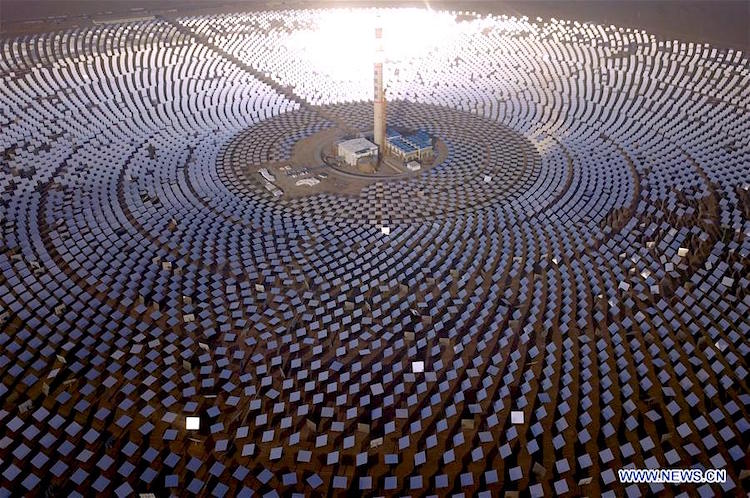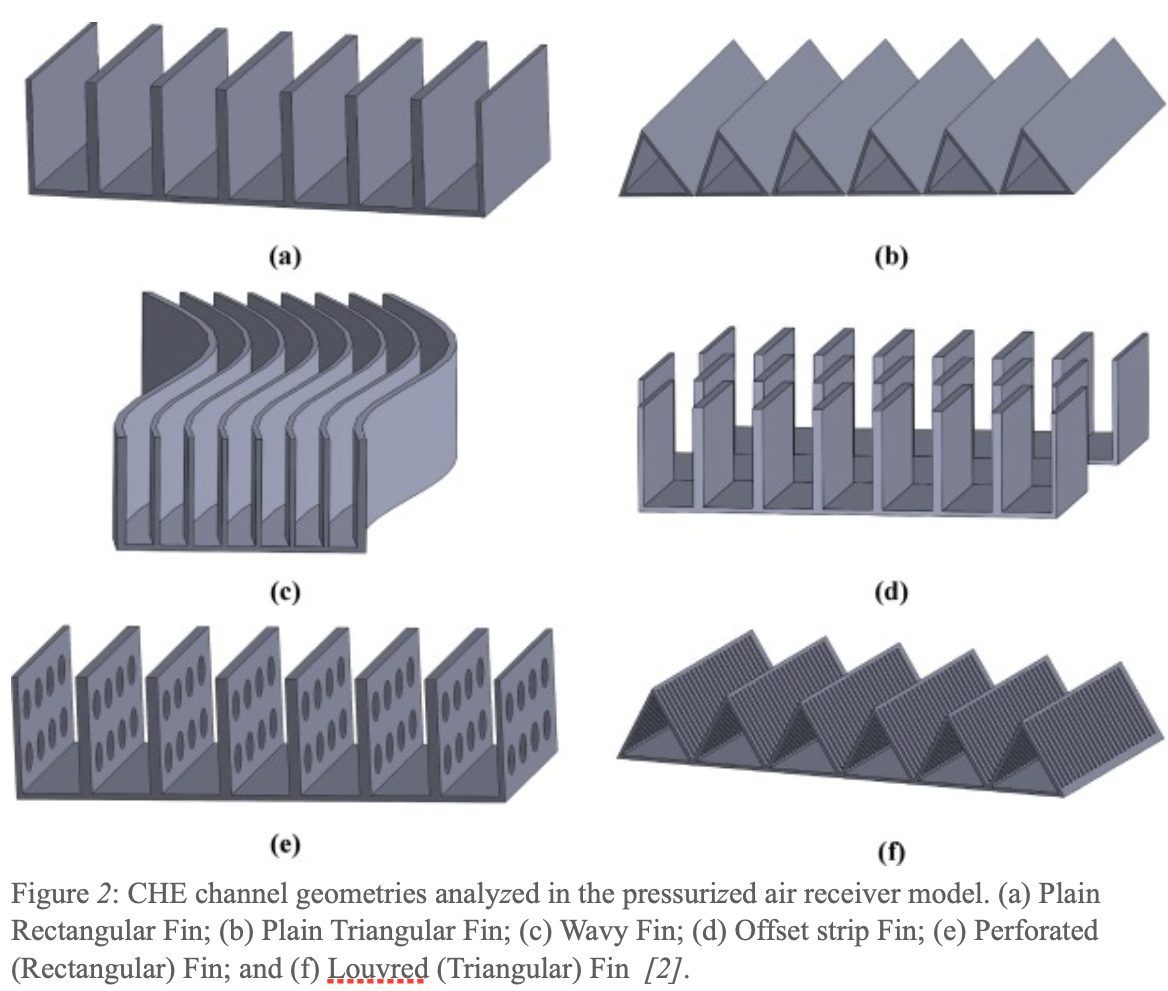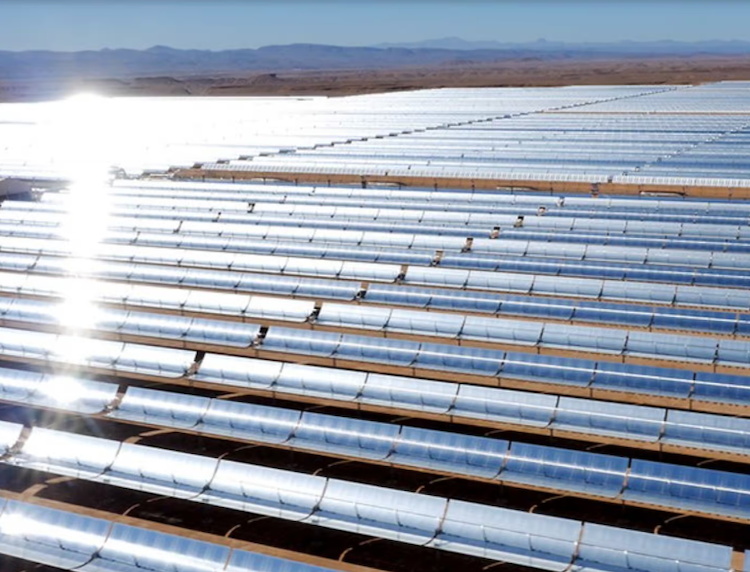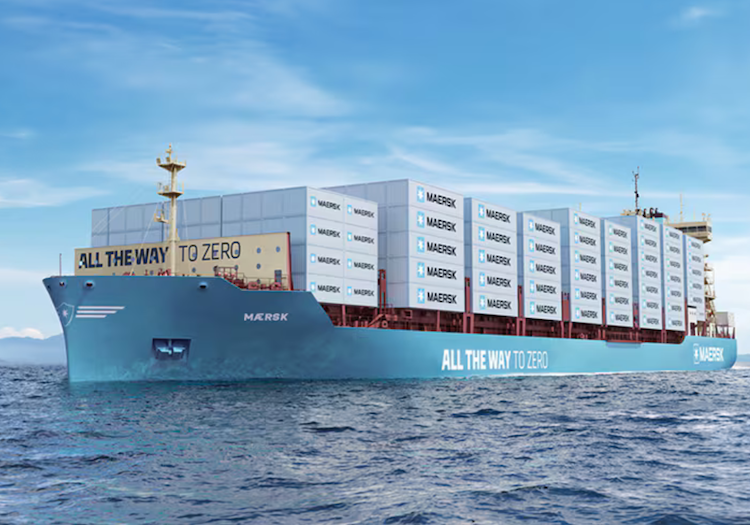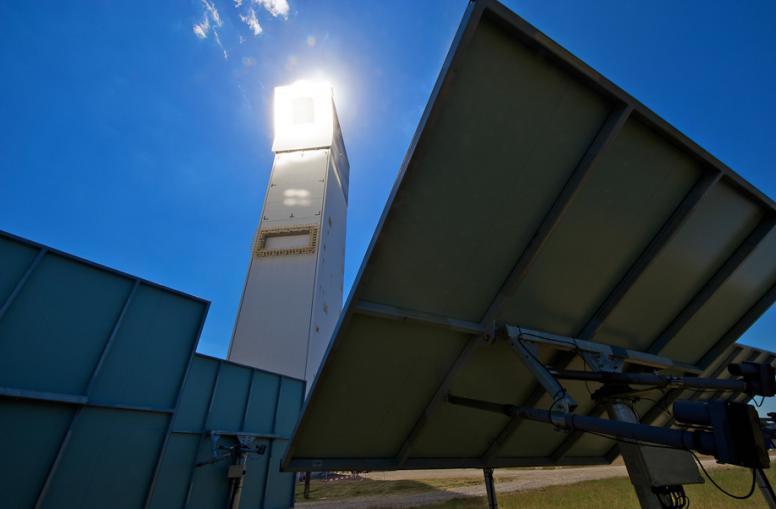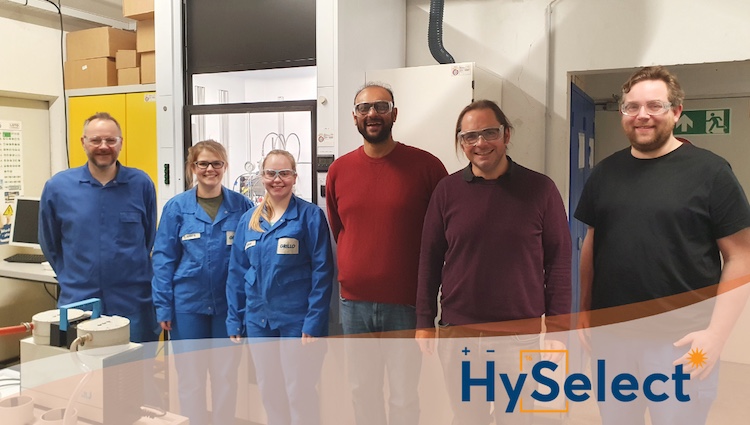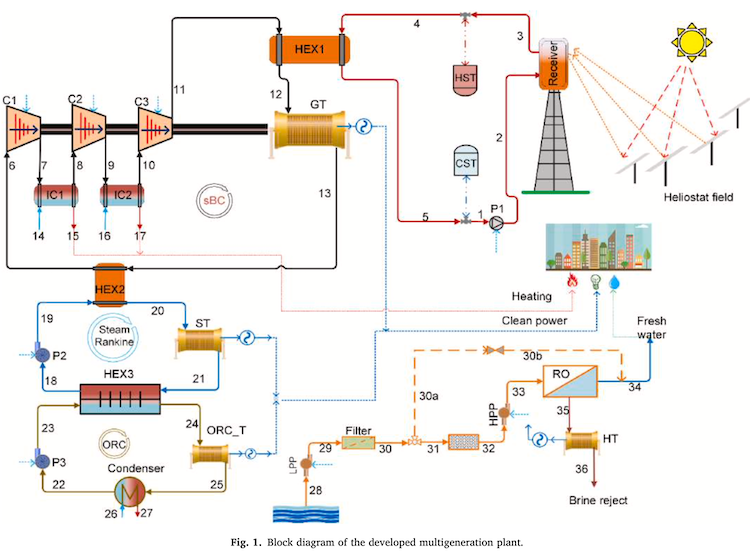3D-printed vermiculite and alumina samples. IMAGE © Thermal energy storage behaviour of 3D ceramic:molten salt structures under real concentrated solar radiation. Researchers collaborating between ICV-CSIC in Spain and at the Odeillo solar furnace in France have devised a novel way to maximize thermal energy storage in Concentrated Solar Power (CSP) plants. They wanted to encapsulate …
Continue reading “3D-printed ceramics tested to maximize thermal energy storage in molten salts ”


